Architecture is the will of an epoch translated into space
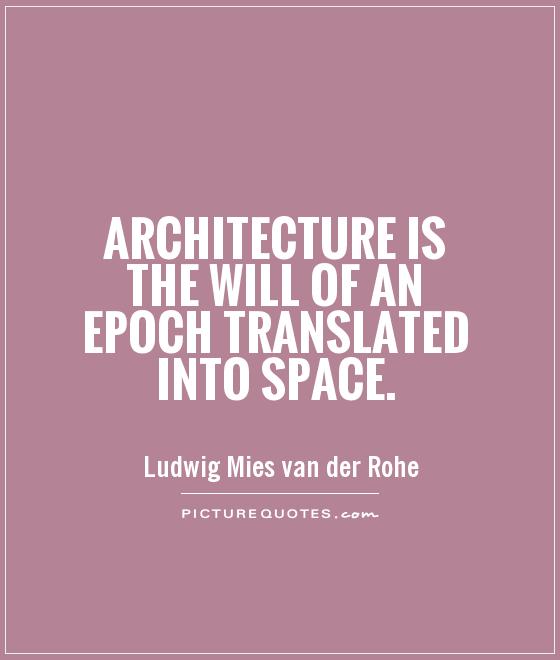
Architecture is the will of an epoch translated into space
Ludwig Mies van der Rohe, a renowned architect and one of the pioneers of modernist architecture, once famously said, “Architecture is the will of an epoch translated into space.” This profound statement encapsulates the essence of how architecture reflects the values, beliefs, and aspirations of a particular time period.In essence, Mies van der Rohe believed that architecture is not just about designing buildings, but about capturing the spirit of the age in which it is created. Each era has its own unique set of challenges, opportunities, and cultural influences that shape the way people live, work, and interact with their environment. As such, architecture serves as a physical manifestation of the collective consciousness of a society at a given moment in history.
When we look at some of Mies van der Rohe’s most iconic works, such as the Barcelona Pavilion or the Farnsworth House, we can see how his minimalist aesthetic and emphasis on open spaces reflected the modernist ideals of the early 20th century. These buildings were a stark departure from the ornate, decorative styles of the past, and instead focused on simplicity, functionality, and the use of new materials such as steel and glass.
Furthermore, Mies van der Rohe’s emphasis on the relationship between form and function speaks to his belief that architecture should serve a purpose beyond mere aesthetics. By creating spaces that are both beautiful and practical, he sought to enhance the quality of life for those who inhabit them.
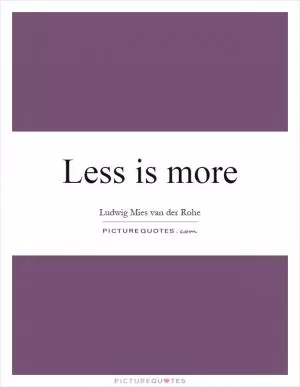


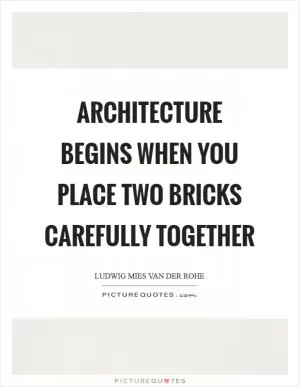

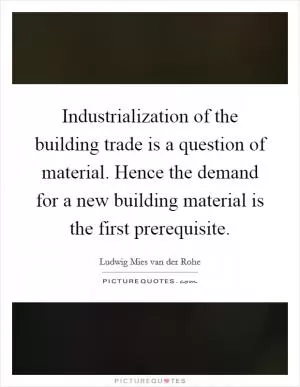



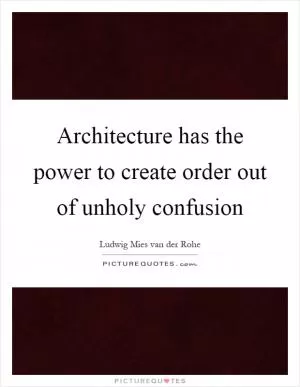
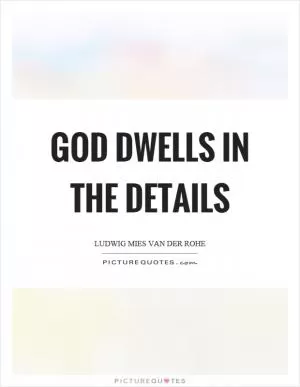
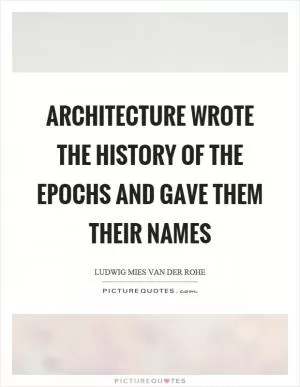
 Friendship Quotes
Friendship Quotes Love Quotes
Love Quotes Life Quotes
Life Quotes Funny Quotes
Funny Quotes Motivational Quotes
Motivational Quotes Inspirational Quotes
Inspirational Quotes